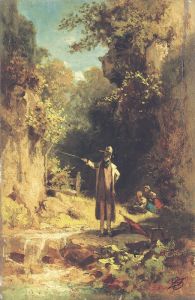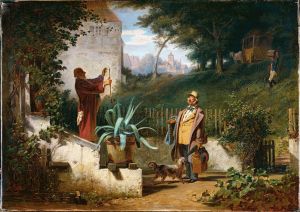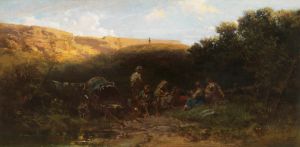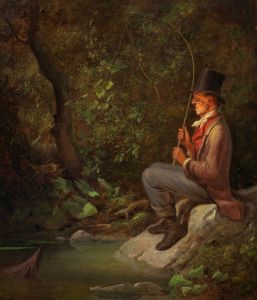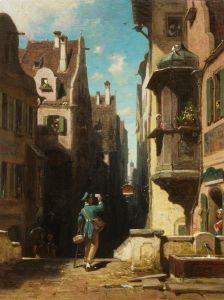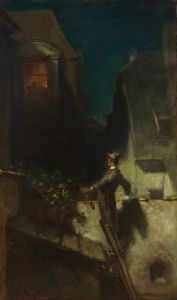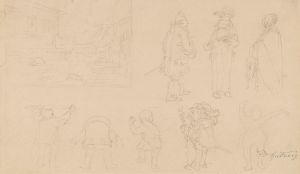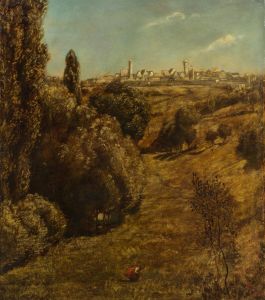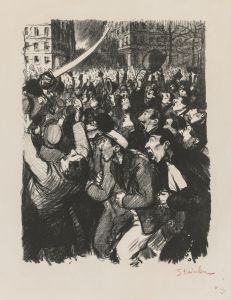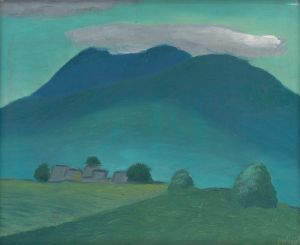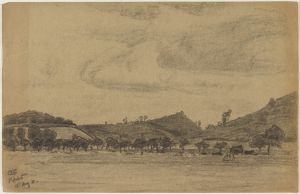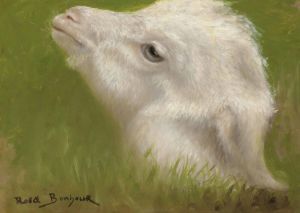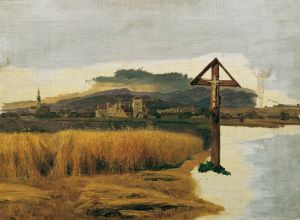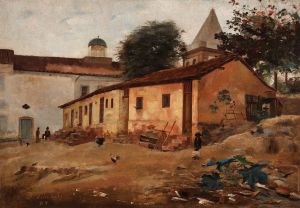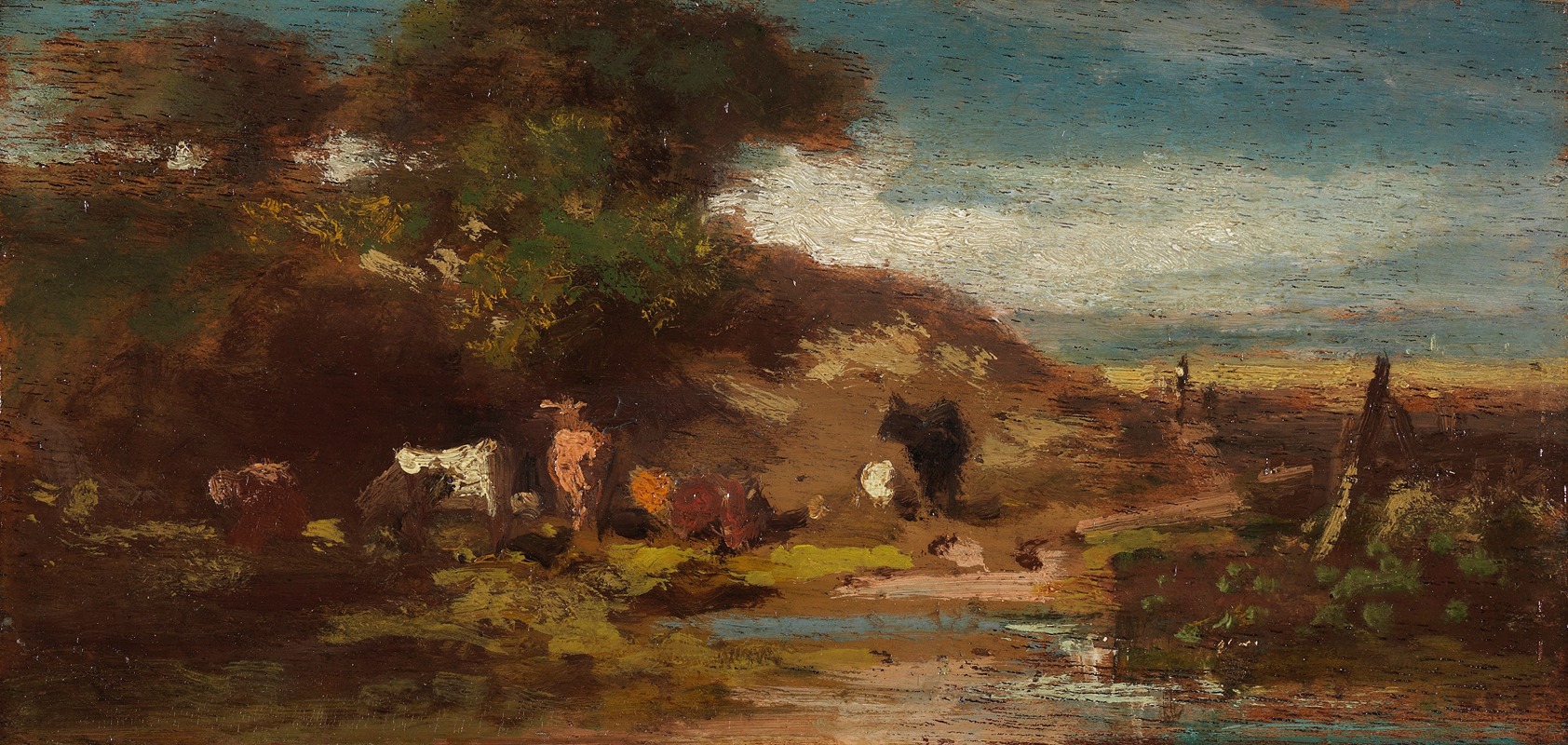
Landschaft mit Kühen
A hand-painted replica of Carl Spitzweg’s masterpiece Landschaft mit Kühen, meticulously crafted by professional artists to capture the true essence of the original. Each piece is created with museum-quality canvas and rare mineral pigments, carefully painted by experienced artists with delicate brushstrokes and rich, layered colors to perfectly recreate the texture of the original artwork. Unlike machine-printed reproductions, this hand-painted version brings the painting to life, infused with the artist’s emotions and skill in every stroke. Whether for personal collection or home decoration, it instantly elevates the artistic atmosphere of any space.
Carl Spitzweg was a renowned German painter and poet, best known for his works that capture the essence of the Biedermeier period, a time marked by a focus on the domestic and the idyllic. One of his lesser-known works is "Landschaft mit Kühen" (Landscape with Cows), which exemplifies his ability to portray serene and pastoral scenes.
Spitzweg was born on February 5, 1808, in Munich, Germany, and initially pursued a career in pharmacy before dedicating himself to art. His transition to painting was influenced by his travels and exposure to various artistic movements, although he remained largely self-taught. Spitzweg's works often reflect a keen observation of nature and everyday life, infused with a gentle humor and a sense of tranquility.
"Landschaft mit Kühen" is a testament to Spitzweg's skill in landscape painting, a genre that he frequently explored. The painting depicts a peaceful rural scene, with cows grazing in a lush, verdant landscape. The composition is characterized by its harmonious balance and attention to detail, capturing the simplicity and beauty of rural life. Spitzweg's use of light and shadow adds depth to the scene, creating a sense of realism and inviting viewers to immerse themselves in the tranquility of the countryside.
The Biedermeier period, during which Spitzweg created this work, was a time of political conservatism and cultural flourishing in Central Europe, particularly in the German-speaking regions. Art from this period often focused on intimate, domestic scenes and landscapes, reflecting the middle-class values of the time. Spitzweg's "Landschaft mit Kühen" fits well within this context, as it portrays an idealized vision of rural life, free from the complexities and turmoil of urban existence.
Spitzweg's landscapes are noted for their meticulous detail and atmospheric quality. In "Landschaft mit Kühen," he employs a soft color palette that enhances the idyllic nature of the scene. The cows, central to the composition, are depicted with a naturalistic approach, emphasizing their role in the pastoral setting. The surrounding landscape, with its rolling hills and scattered trees, provides a serene backdrop that complements the peaceful demeanor of the grazing animals.
While "Landschaft mit Kühen" may not be as widely recognized as some of Spitzweg's other works, such as "The Poor Poet" or "The Bookworm," it nonetheless exemplifies his mastery of landscape painting and his ability to convey a sense of calm and simplicity. Spitzweg's paintings often evoke a sense of nostalgia, inviting viewers to reflect on the beauty of nature and the quiet moments of everyday life.
Carl Spitzweg continued to paint until his death on September 23, 1885. His works remain celebrated for their charm, wit, and insight into the human condition. "Landschaft mit Kühen" is a fine example of his artistic legacy, capturing the essence of a bygone era and the timeless allure of the natural world.





